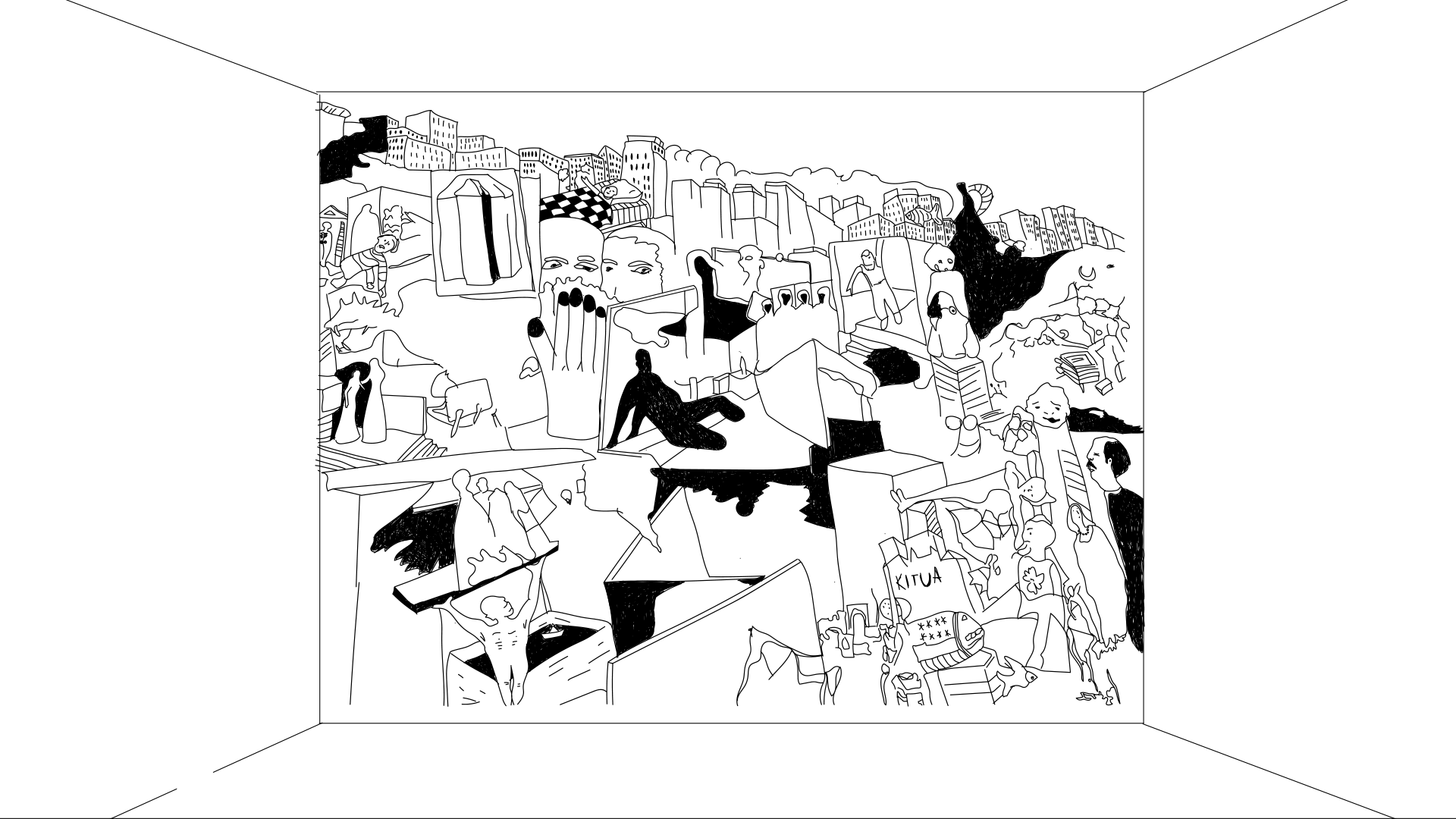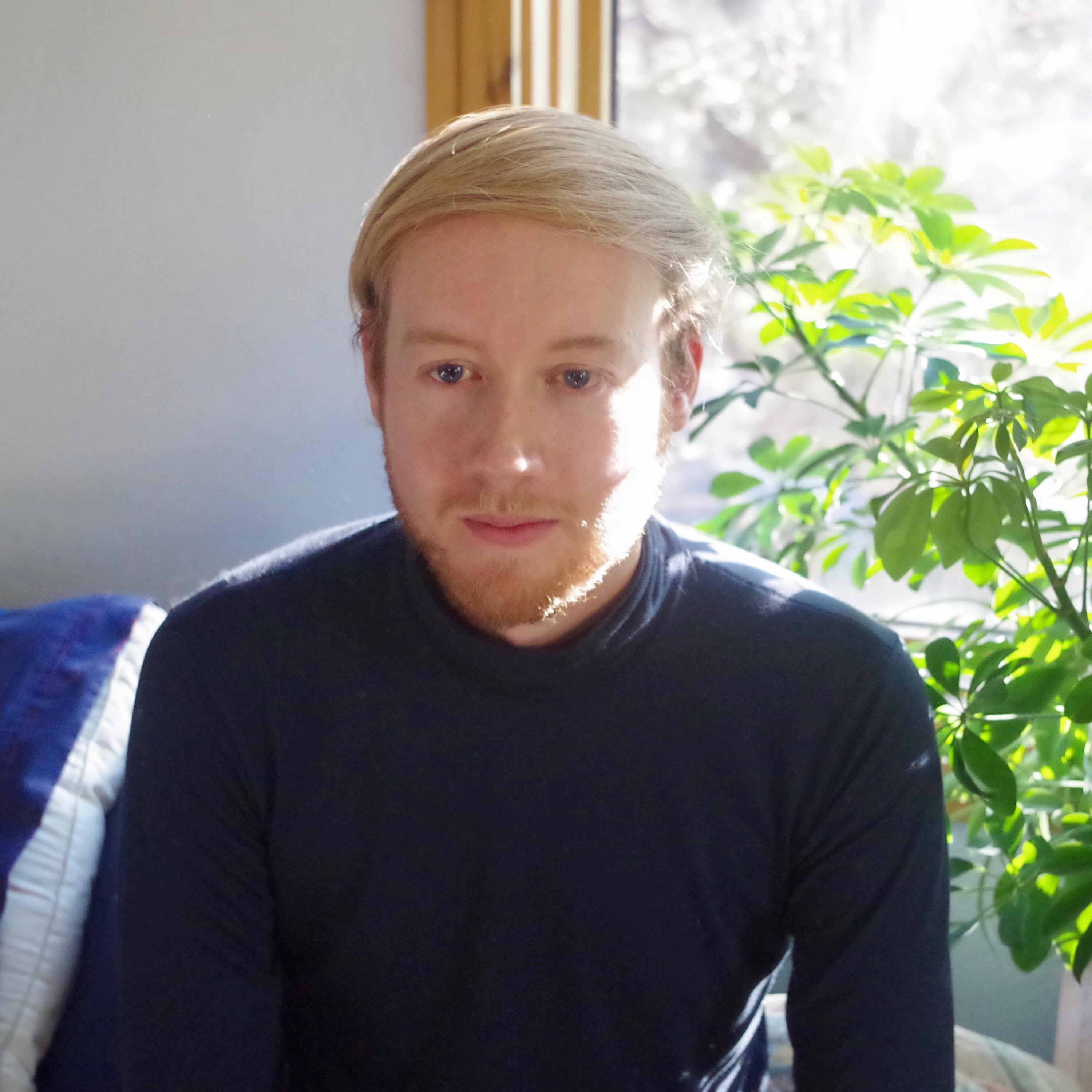
The Unfinished City
Dreaming and Dwelling in Orhan Kurtolli’s Prishtina.
|2021.12.16
|

Ty Cary
Ty Cary has a background in social anthropology and is interested in themes of landscape, visual culture, psychic life and the imagination. He writes independently and has worked with the Stacion - Center for Contemporary Art Prishtina.
This story was originally written in English.